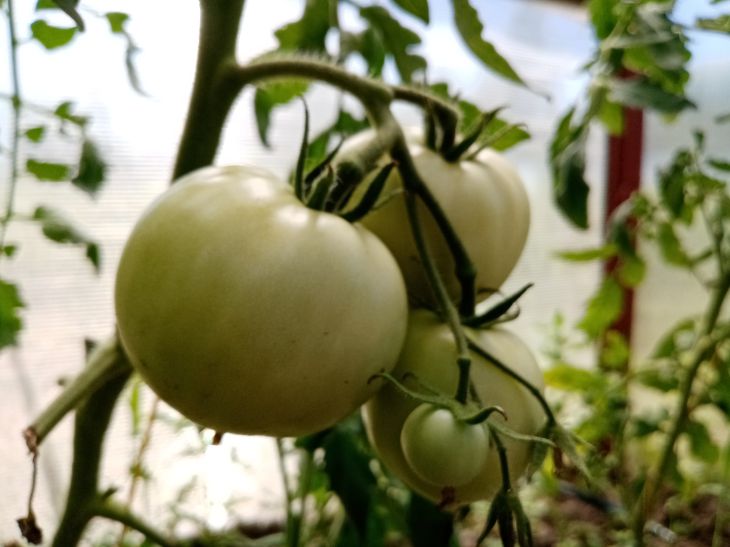Any gardener, when it comes to transplanting tomato seedlings, will wonder what to add to the hole so that the plant takes root faster and develops actively.
For this case, you can find a lot of advice on the Internet. We will tell you about one of them, which allows you to save on fertilizers wisely.
Where to start
1. First of all, you need to decide on the place where the tomatoes will grow. This is done in compliance with crop rotation rules, as well as other agrotechnical aspects.
2. Next, you need to check the acidity of the soil on the site. In this case, it is worth buying a special device or conducting experiments on folk methods in the kitchen, or monitoring the growing weeds. It is important to remember that the last two methods will not allow you to accurately determine the pH balance.
3. You need to decide on the composition of fertilizers. Some could have been added in the fall, others could have been washed out with precipitation and melt water. Nitrogen is always added to poor soil. In other cases, you can support the soil with humus additives.

What to add to the hole
Different gardeners apply fertilizers in different ways. For example, instead of adding them to the soil and then digging up the entire bed, gardeners advise adding nutrient mixtures directly to the holes.
They say that after this, tomatoes grow all summer practically without additional feeding.
How to proceed
Firstly, about a week before transplanting the seedlings, the soil is watered with phytosporin (solution: 5 g of the substance per 10 liters of water).
Secondly, when preparing the hole, you need to put a handful of crushed nettle leaves on the bottom. Then add ½ tbsp. superphosphate, 1 tbsp. fish meal and a handful of onion peel.
Thirdly, the ingredients need to be mixed, covered with soil to a depth of about 3 centimeters, and the seedlings can be transplanted.
Summer residents claim that in this case the yield increases several times, and the fruits grow more delicious and fleshy.








